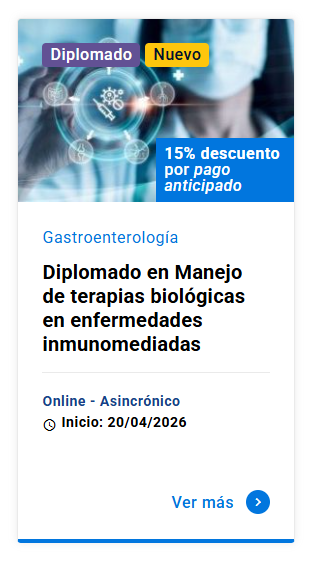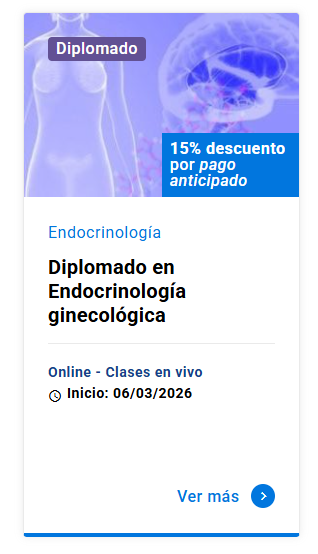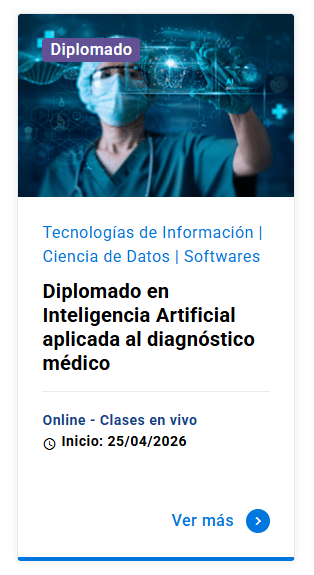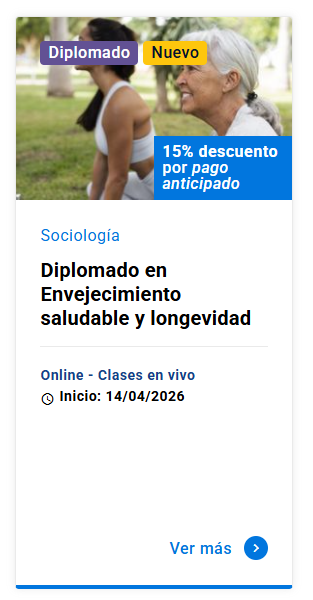El estatuto del preembrión, una perspectiva biológica
DOI:
https://doi.org/10.11565/arsmed.v28i1.367Resumen
Sin resumen disponible
Descargas
Citas
El término fue introducido por la embriologa A. McLaren, que consideró que hasta el día 14 lo
que hay es un proceso de preparación para las necesidades futuras del embrión que se forma en
el día 15 con la formación del disco embrionario. Ver A. McLaren, Prelude to Embryogenesis,
Human Embryo Research, Yes or No?, London/New York: Tavistock, 1986, p. 12.
Ver E. Marshall, "Rules on Embryo Research Due Out," Science, 265 (1994): 1024-1026.
Warnock Report, Report of the Committee of Inquiry into Human Fertilisation and
Embryology, Department of Health and Social Security (London, 1984), p. 66.
Ver A. Sutton, "Ten Years After the Warnock Report: Is the Human Neo-conceptus a
Person?," Linacre Quarterly, 62 (1995): 63-74, pp. 64-66; y L. S. Cahill, "Notes on Moral
Theology-1992: The embryo and the Fetus: New Moral Contexts," Theological Studies, 54
(1993): 124-142, pp. 129-134.
Ver J. C. Cross, Z. Werb, and S. J. Fisher, "Implantation and the Placenta: Key Pieces of the
Development Puzzle," Science, 266 (1994): 1508-1518, pp. 1510-1513.
Ver Ibid., at 1514-1516.
Ver A. J. Wilcox, "Incidence of Early Loss of Pregnancy," New England Journal of Medicine,
(1988): 189-194.
M. Coughlan, The Vatican, The Embryo and the Law (Iowa City: University of Iowa Press,
: pp. 58-77.
C. A. Bedate, and R. C. Cefalo, "The Zygote: To Be or not Be a Person," Journal Of Medicine
and Philosophy, 14 (1989):641-645, p. 642.
D. Gracia, Etica de los Confines de la Vida. El Buho LTDA, 1996, p. 103.
Ibid., p. 116.
Ver J. C. Cross, Z. Werb, and S. J. Fisher, "Implantation and the Placenta: Key Pieces of the
Development Puzzle," Science, 266 (1994): 1508-1518, p. 1509.
C. A. Bedate, and R. C. Cefalo, "The Zygote: To Be or not Be a Person," Journal Of Medicine
and Philosophy, 14 (1989):641-645, p. 644.
Ver N. Wake, T. Seki, H. Fujita, H. Okubo, K. Sakai, K. Okuyama, H. Hayashi, Y. Shiina, H.
Sato, M. Kuroda, and K. Ichinoe, "Malignant Potential of Homozygous and Heterozygous
Complete Moles," Cancer Research, 44 (1984): 1226-1230; S. D. Lawler, and R. A. Fisher,
"Genetic Studies in Hydatidiform Mole with Clinical Correlations," Placenta, 8 (1987): 77-88; y
R. A. Fisher, S. Povey, A. J. Jeffreys, C. A. Martin, I. Patel, and S. D. Lawler, "Frequency of
Heterozygous Complete Hydatidiform Moles, Estimated by Locus-specific Minisatellite and Y
Chromosome-specific Probes," Human Genetics, 82 (1989): 259-263.
Ver R. S. K. Chaganti, P. R. K. Koduru, R. Chakraborty, and W. B. Jones, "Genetic Origin of
a Choriocarcinoma," Cancer Research, 50 (1991): 6330-6333; T. Ihara, K. Ohama, M. Satoh, T.
Fuji, K. Nomura, and A. Fujiwara, "Histologic Grade and Karyotype of Immature Teratoma of
the Ovary," Cancer, 54 (1984): 2944-2988; and K. Ohama, K. Normua, E. Okamoto, Y. Fukuda,
T. Ihara, and A. Fujiwara, "Origin of Immature Teratoma of the Ovary," American Journal of
Obstetrics and Gynecology, 152 (1985): 869-890.
Ver D. P. Barlow, "Gametic Imprinting in Mammals," Science, 270 (1995): 1610-1613.
Ibid., p. 1611.
N. M. Ford, When Did I Begin?: Conception of the Human Individual in History, Philosophy
and Science (Cambridge:Cambridge University Press, 1988): pp. 139-145.
Ver A. E. H. Emery, Elements of Medical Genetics (New York: Churchill Livingstone, 1983),
p. 103.
Ver K. Dawson, Embryo Experimentation (New York: Cambridge University Press, 1990): p.
; y K. L. Moore, The Developing Human (Philadelphia: W. B. Sunders Co., 1982), p. 133.
Esta es la opinión de Diego Gracia, Etica de los Confines de la Vida, El Buho LTDA, 1996, p.
Ver R. Yanagimachi, Mammalian Fertilization, en E. Knobil, y J. D. Neill (eds.). The
Physiology of Reproduction (New York: Raven Press, 1988), pp. 135-315.
Ver G. Palermo, S. Munné, J. Cohen, The Human Zygote Inherits its Mitotic Potential from
Male Gamete, Human Reproduction (1994) 9:1220-1225.
El Magisterio de la Iglesia afirma que el ser humano debe ser tratado y respetado como
persona desde el momento de la concepción. Ver Congregation for the Doctrine of the Faith,
Instruction on Respect for Human Life in its Origin and on the Dignity of Procreation "Donum
Vitae", 1987, 1.
Descargas
Publicado
Cómo citar
Número
Sección
Licencia
Derechos de autor 2016 ARS MEDICA Revista de Ciencias Médicas

Esta obra está bajo una licencia internacional Creative Commons Atribución-CompartirIgual 4.0.
Los autores/as conservan sus derechos de autor y garantizan a la revista el derecho de primera publicación de su obra, la que estará simultáneamente sujeta a la Licencia CC BY-SA 4.0 (Ver declaración de Acceso Abierto).







